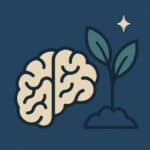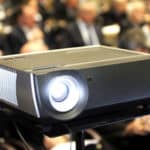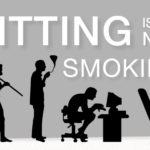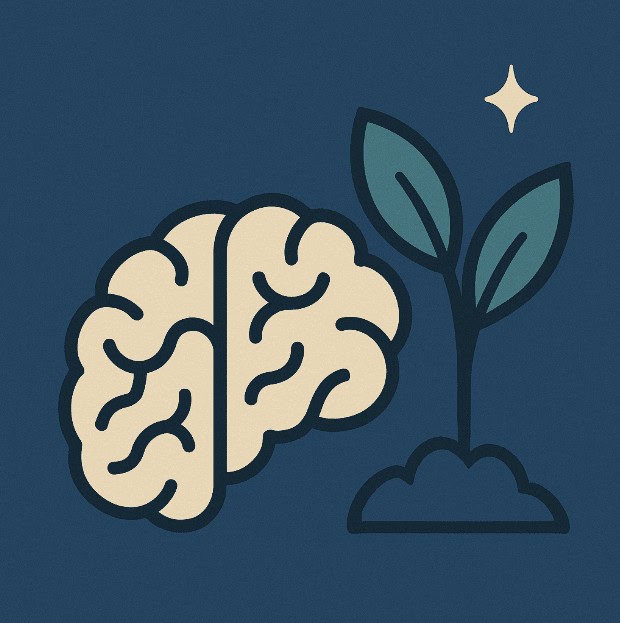Why Eye Health Is Entering the Longevity Conversation
The conversation around longevity is evolving. No longer confined to genetics or diet, today’s longevity science explores a broad range of biomarkers and functional health indicators—from cardiovascular fitness to cognitive resilience to inflammatory load.
Now, a new player is entering that conversation: eye health.
Vision is one of the body’s most sensitive, complex systems, deeply interconnected with neurological, vascular, and metabolic function. Recent research suggests that changes in eye health can serve as an early warning system for broader systemic aging—and an important, trackable component of healthspan optimization.
In this article, we’ll explore how:
- Vision metrics are becoming integrated into longevity assessments
- The links between eye health and systemic aging are driving new clinical interest
- Forward-thinking consumers and providers are redefining eye care as preventive medicine
- And why market demand for advanced eye care is growing—from optometrists in Pocatello to eyewear markets in Vernon and beyond
Because as the quest for healthier, longer lives accelerates, it’s increasingly clear: seeing well is aging well.
The Link Between Vision and Systemic Health
Vision is often treated as a stand-alone sense—but emerging research paints a different picture. The health of the visual system is intricately linked to multiple aspects of whole-body aging.
Studies now show that age-related vision decline is not just a symptom of aging—it’s often a predictor of systemic health deterioration.
Key connections between eye health and systemic aging:
Cognitive Aging
Declining visual acuity and retinal changes are correlated with:
- Accelerated cognitive decline
- Increased risk of Alzheimer’s and dementia
- Slower processing speed and reduced executive function
Cardiovascular Health
Microvascular changes in the retina often mirror vascular aging in the heart and brain.
Retinal imaging is now used as a non-invasive window into arterial health.
Metabolic Health & Inflammation
Vision changes frequently precede clinical diagnoses of:
- Type 2 diabetes
- Hypertension
- Chronic low-grade systemic inflammation
Functional Independence & Mortality Risk
Vision impairment is strongly associated with:
- Reduced mobility and balance
- Increased fall risk
- Loss of independence
- Higher all-cause mortality
In short: eye health is both a mirror and a driver of biological aging.
As such, it’s rapidly gaining attention as a non-invasive, early-detection tool—and a modifiable component of healthspan optimization.
Why Eye Exams Are Becoming a Healthspan Metric
As healthspan-focused medicine matures, practitioners and researchers are looking for non-invasive, sensitive metrics to track biological aging and systemic decline. Eye exams—long viewed as a tool for correcting refractive errors—are now being recognized as a frontline diagnostic tool in this space.
Here’s why:
Early Detection of Systemic Disease
Modern eye exams (using advanced retinal imaging and OCT scanning) can detect:
- Vascular aging and microvascular changes
- Early signs of neurodegeneration
- Diabetes-related eye changes—often before diabetes is diagnosed
- Subclinical inflammatory markers affecting retinal tissue
A Window Into Cognitive Aging
Retinal nerve fiber thickness, blood flow patterns, and contrast sensitivity are emerging as early indicators of cognitive decline—giving clinicians a tool to monitor brain aging without invasive tests.
Dynamic, Trackable Over Time
Unlike many biomarkers that require blood draws or specialized equipment, eye exams can be repeated non-invasively, allowing for:
- Ongoing tracking of biological aging
- Quantification of intervention impacts (e.g., diet, exercise, therapeutics)
- Personalization of longevity protocols
Low Barrier, High Value
Eye exams are accessible, affordable, and already part of many healthcare routines—making them an easy “on-ramp” for wider longevity and healthspan optimization programs.
This is why forward-looking clinicians and health-conscious consumers are increasingly viewing advanced eye care as a core component of healthy aging—and why demand is growing.
The Market Shift: How Longevity Consumers Are Rethinking Eye Care
The rise of healthspan-focused consumers is driving a quiet but notable shift in how eye care is viewed—and purchased.
Why eye care is now key to longevity strategies
Advanced Preventive Eye Exams
Consumers are seeking optometrists who offer:
- Retinal imaging as part of biological age tracking
- Screening for neurovascular risk markers
- Functional vision assessments linked to cognitive performance
In regions like Pocatello, this trend is already visible. Increasingly, proactive patients are working with their trusted optometrist Pocatello to integrate advanced eye exams into their broader health optimization plans.
Premium, Health-Supportive Eyewear
There’s also a growing market for task-specific, high-performance eyewear that supports:
- Blue light management
- Contrast enhancement for aging eyes
- Lenses designed to reduce cognitive load during digital tasks
- Style-conscious designs aligned with longevity lifestyle branding
In British Columbia, the glasses Vernon market is seeing this trend firsthand, with consumers increasingly seeking eyewear that supports aging well—not just correcting vision.
A Lifestyle Integration
Across markets, eye care is moving out of the medical silo and into the realm of:
- Preventive wellness
- Longevity clinics
- Biohacker protocols
- Premium concierge care
And as this shift continues, demand for advanced optometry services and health-supportive eyewear is set to grow well beyond traditional vision markets.
Vision in the Longevity Stack: How Clinicians and Consumers Are Using It
As the longevity market matures, forward-thinking clinicians and consumers are no longer treating eye care as an isolated specialty. It’s now being integrated into broader healthspan optimization protocols—often alongside genomics, advanced blood panels, microbiome analysis, and wearables.
Clinician-Led Longevity Programs
- Many longevity clinics now include retinal imaging and advanced eye exams in:
- Neurocognitive tracking
- Vascular health assessments
- Biological age models (e.g., eye age as a biomarker)
- Some practitioners view eye exams as more sensitive than bloodwork for early vascular and neurodegenerative risk detection.
Consumer-Led Biohacking & Self-Tracking
Among biohackers and health-optimized consumers, eye health is being added to longevity “stacks” that already include:
- Continuous glucose monitoring
- HRV (heart rate variability) tracking
- Sleep optimization
- Cognitive function testing
More consumers are now seeking:
- Annual eye imaging
- Custom lenses to reduce cognitive fatigue
- Data from eye health as part of personal health dashboards
A Feedback Loop for Aging Interventions
Because eye health is highly responsive to:
- Nutrition
- Exercise
- Inflammation modulation
- Glycemic control
Tracking eye metrics is being used by some to measure the efficacy of anti-aging interventions—providing a dynamic, visible signal of whether a health optimization protocol is working.
Bottom line: Vision is moving from passive correction to active optimization—and both clinicians and consumers are leading this shift.
Seeing the Future of Aging Well
As the science of longevity evolves, vision health is stepping into a new role—not merely as a quality-of-life factor, but as a core metric of biological resilience.
The visual system offers a unique window into how well we are aging:
- It reflects the health of vascular, neurological, and metabolic systems.
- It is highly sensitive to both early decline and intervention gains.
- And it can be tracked non-invasively and dynamically over time.
For clinicians, this makes advanced eye exams an increasingly valuable tool in the longevity toolkit. For consumers, it places vision care and eyewear firmly within the growing market for preventive wellness and healthy aging.
As demand rises—from optometrists in Pocatello to premium eyewear in Vernon—it’s clear that the future of aging well will be one we experience not only with sharper minds and stronger bodies, but with clearer vision too.









